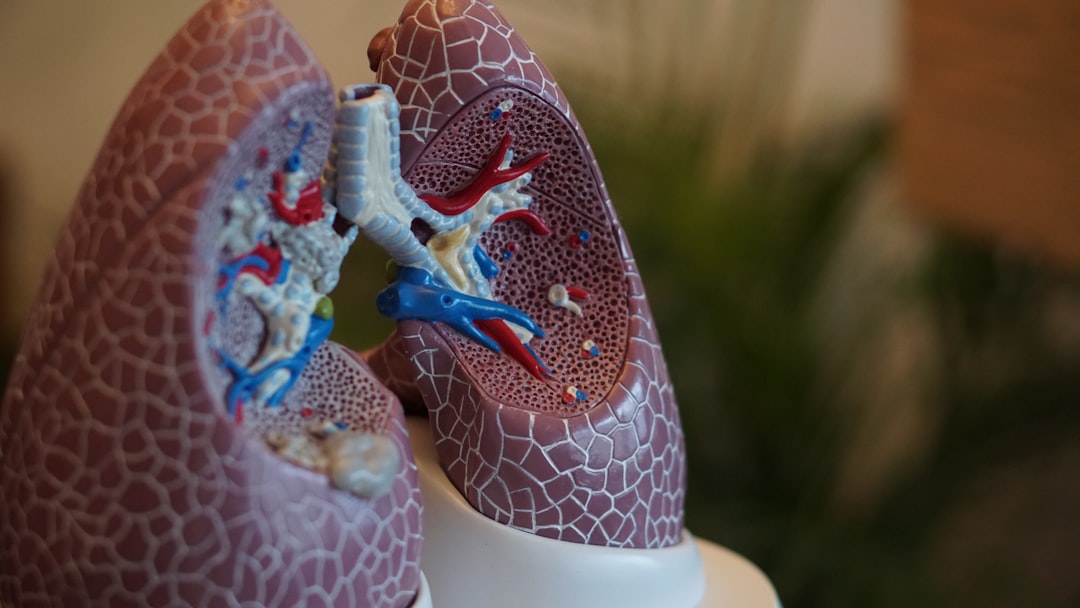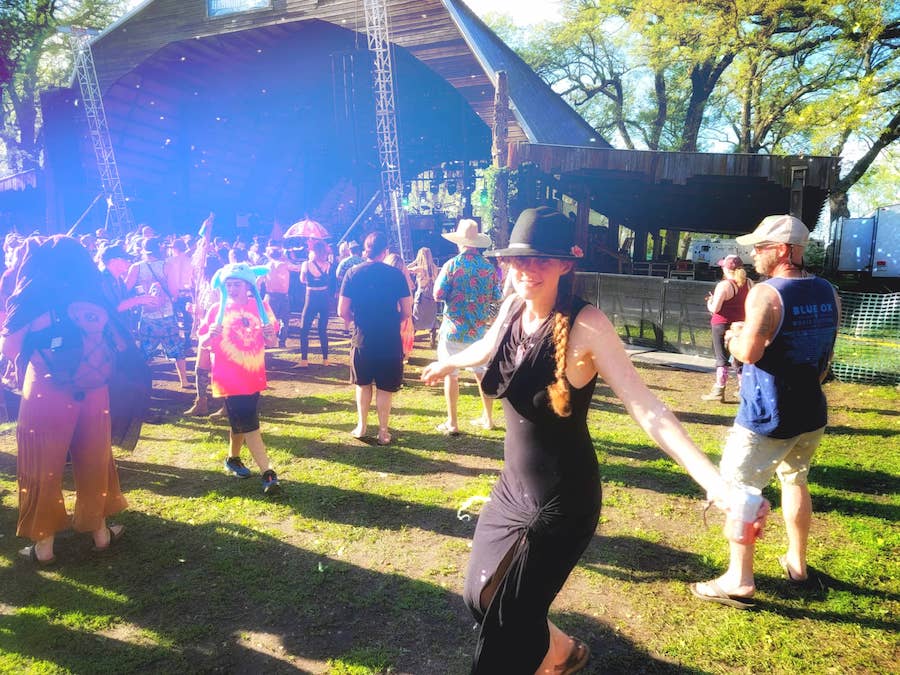Finding Balance In Your Health Care

Photo by Aziz Acharki on Unsplash
Homeostasis is the word that describes your body’s physiology’s constant strive for balance. It also exists everywhere else in nature as well, from forests to the oceans to the microbiomes of our soil, everything on earth is constantly seeking a state of balance.
The issue with balance is that when one area is disrupted, other areas have to compensate in order to achieve it.
I probably don’t have to make the argument that our world isn’t exactly in a harmonic state of balance at the moment. If it were, perhaps we’d be living in peace, but it seems that throughout history, this hasn’t been the case.
The modern world of healthcare is no exception to imbalance. Here in the United States, we do have one of the most advanced and innovative medical systems in the world, but this achievement comes with a cost. We can’t afford to provide top-quality care to everybody, so we’re left with through-the-roof healthcare costs and 44 million uninsured citizens (close to 12% of the population). If we did provide this top-quality care to everyone, healthcare would take up 20-30% of the gross national product.
Add this to the extensive red tape mostly determined by insurance companies with the bottom line being a top priority. Not everybody gets cared for, and often people get expensive medical procedures with questionable efficacy to fix problems that could have been solved in other, much less expensive, and less invasive ways.
In my field, I have had many clients tell me about how their doctors have told them the only way out of their pain is surgery; pain caused by musculoskeletal issues that could be resolved through consistent, conservative care and prescriptions of movement and exercise.
The rise of unhealthy, stagnant lifestyles, obesity, poor diets, depression, anxiety, drug and alcohol abuse, and so on have perhaps caused many of the health issues our country faces today. In my opinion, surgery should be a last resort after all other options have been exhausted, but often, this is not how it plays out in the real world.
If we really had this amazing, wonderful, innovative healthcare system, why do we have one of the most unhealthy populations of people in the world?
On the other hand, complementary and alternative medicine have been blowing up at astronomical rates. People are realizing that the folks in white coats don’t necessarily have all the answers, and they don’t want to take handfuls of pills every day or undergo surgery to fix issues that can be resolved using less invasive and more holistic techniques.
Complementary and Alternative Medicine (CAM) break health and illness down into four paradigms: The body and its biological mechanisms, the mind-body paradigm which includes factors like stress and socials supports, the body-energy paradigm which looks at life force energy and how it flows and balances throughout the body, and the body-spirit paradigm which assumes transcendental forces outside the realm of our physical world have effects on our health and wellbeing.
Each paradigm is hierarchically intertwined with one another, tugging gently on each other’s webs establishing a cause-effect relationship among each part that is so wholly you. CAM looks at each paradigm, depending upon which modality you seek, and assumes that no part of the body can be touched or treated without affecting each other part of the whole.
In modern medicine, treatment is focused on resolving symptoms. It targets one area of the body, seeking to heal the symptom of the disease and rarely looking at how that treatment affects the rest of the body’s systems.
It certainly has its time and place. If I break my leg, plastering it for a couple of months may cause a degree of muscular atrophy and an imbalance in my muscles, but I am grateful we have the knowledge to heal that fracture.
This approach began with the rise of modern medicine as we know it back in the 19th century. Doctors and researchers figured that if you cured the symptom, that meant the disease itself was cured. As medicine and health care were still developing, they likely didn’t know any better. They meant well. They didn’t have the technology to look deeper into the body, realizing that just because you make a headache go away, doesn’t mean the mechanism that caused the headache, to begin with, is still in place, let alone how that treatment may disrupt other areas of the body.
Again, when you tug on one thread, the whole web is affected.
Approaches like Traditional Chinese Medicine and Homeopathy look at the body and all its intertwined systems as a whole. When one area is malfunctioning, it could be the effect of another area malfunctioning, and it’s just the body’s way of trying to find that state of homeostasis. Where the problem manifests isn’t always where the cause is located.
These treatments generally rely on slow, steady progress to heal each piece of you that may not be working right. When it comes to things like infectious disease or acute physical trauma, I would opt for the fastest route to heal so that I can stay alive, then resort to holistic measures for after-care. Topical CBD isn't going to heal a broken bone, but it can ease the tension as my bones are healing inside my lovely modern-medicine derived cast.
Let’s work together.
If the doctors in the modern medicine world and CAM practitioners could find a way to work together instead of competing, to honor each other’s practices and learn when the best route is for what they all do, we could collectively better serve the needs of our clients.
I’m not against modern medicine, surgery, pills, or any of that. There are CAM practitioners that are. I know not all surgeons are anti-massage or anti-chiropractic, even though there are ones that are as well.
There have been times I’ve tried to reach out to orthopedic doctors to establish relationships, to try to learn more about their approach, and see where I could fit in if needed, only to be blown off. If I could fix everybody’s pain before they needed to go under the knife, that person’s job would become obsolete.
I also know I can’t fix everything, and while I encourage my clients to try absolutely everything they can to fix their pain before turning to surgery, sometimes it becomes necessary.
Those clients that spend time and effort trying to manage without the surgery before finally going for the joint replacement, I’ve found are the ones that fare better afterward. They are the ones that, after careful rehab and intentional healing, regain their quality of life to a far greater degree than the people who jump under the knife as soon as they’re given the option.
There is absolutely a time and place for all of it within the world of health care, and if we learn about each other’s practices, what we can do for our clients, and how we can help one another, we can better serve everybody by bringing a sense of homeostasis to health care.
How can you find this sense of balance in your life?
There are things you can keep in mind when seeking health care in order to establish this balance in your own life.
First, be your own advocate. Do your own research. While there is a lot of garbage on the internet, there is also a lot of quality information as well. Before going down any one particular path of care, read everything you possibly can. Research the practitioners you are going to see, what other patients of theirs had to say, and make your own decisions. Don't let anyone, no doctor or CAM practitioner, take away your own autonomy over your health and wellbeing.
If you’re ever told surgery is the only way out, get another opinion. Maybe a third, as well. Where one doctor saw surgery as the only option, another doctor with a different set of eyes and ears may have a different perspective. Don’t let anyone cut into you without getting these second and third opinions!
Look at your own lifestyle and choices when it comes to your health. Many health problems in today’s world come from poor diet, lack of exercise, lack of time outside, things that you have the power to change in your day-to-day life without the help of a doctor or any sort of practitioner.
Take a walk at lunch. Eat more vegetables. Spend some time outside. Meditate. See what you can do for yourself before you seek out help from others. While I do dedicate my life to studying massage, anatomy, muscles, fitness, exercise, health, wellbeing, all the things that play into how I can help my clients feel better and lead healthier lives, I can only help those that want to help themselves first. I basically tell clients, I help you help yourself.
It’s okay to be taking multiple approaches. Sometimes, the best solution for your problem is a conservative, multifaceted approach.
As a massage therapist, I can help relax your muscles and release tension, but if your joints aren’t moving properly, I can’t adjust your bones. The chiropractors that I work with can move your bones and joints to help you increase your mobility, but if your muscles are tense, they’re only going to pull that adjustment back to where it was before.
If you have a sensitivity to gluten, and eating gluten causes inflammation in your body that leads to joint pain, a massage might feel good and temporarily relieve the pain, but without that fundamental change to your diet, the pain may keep coming back. Same with the muscle and joint pain that is caused by things like Lymes Disease.
These are all hypothetical, but do you see? There is no one-size-fits-all approach to health and wellness, and everything from how you move each day to the food you put in your body to the air you inhale in your own home is going to play a role in how your body feels. Also, everybody reacts to things differently, so how going gluten-free may have helped you resolve your pain, it may not work for the guy down the road.
Having a team of practitioners, including CAM practitioners and traditional doctors, will help you find the best approach to keep you healthy and feeling your best. This, combined with the choices you make in your own life away from my office and away from the clinics, puts together the entire picture of your health and wellbeing.
Lastly, I want to remind everyone that we all walk our own roads. What each individual chooses to do with their health is their own decision and doesn’t deserve judgment. I hear too often, particularly on the internet (thanks a lot, internet) of people ridiculing others for the choices they make when it comes to their health. They hate on diets, exercise protocol, people’s approach to taking medicine... Literally, everything in the health and wellness field is susceptible to internet-based criticism.
It’s your body, it’s what you put inside of it, it’s your money that you spend on the practitioners that help take care of you, it is your choice, and nobody should ever take that away from you.












If you enjoyed this article or recipe, please consider giving it a comment! It helps others discover my blog and recipes, and your comments always make my day :) Thank you for your support!
Your email address will not be published. Required fields are marked *